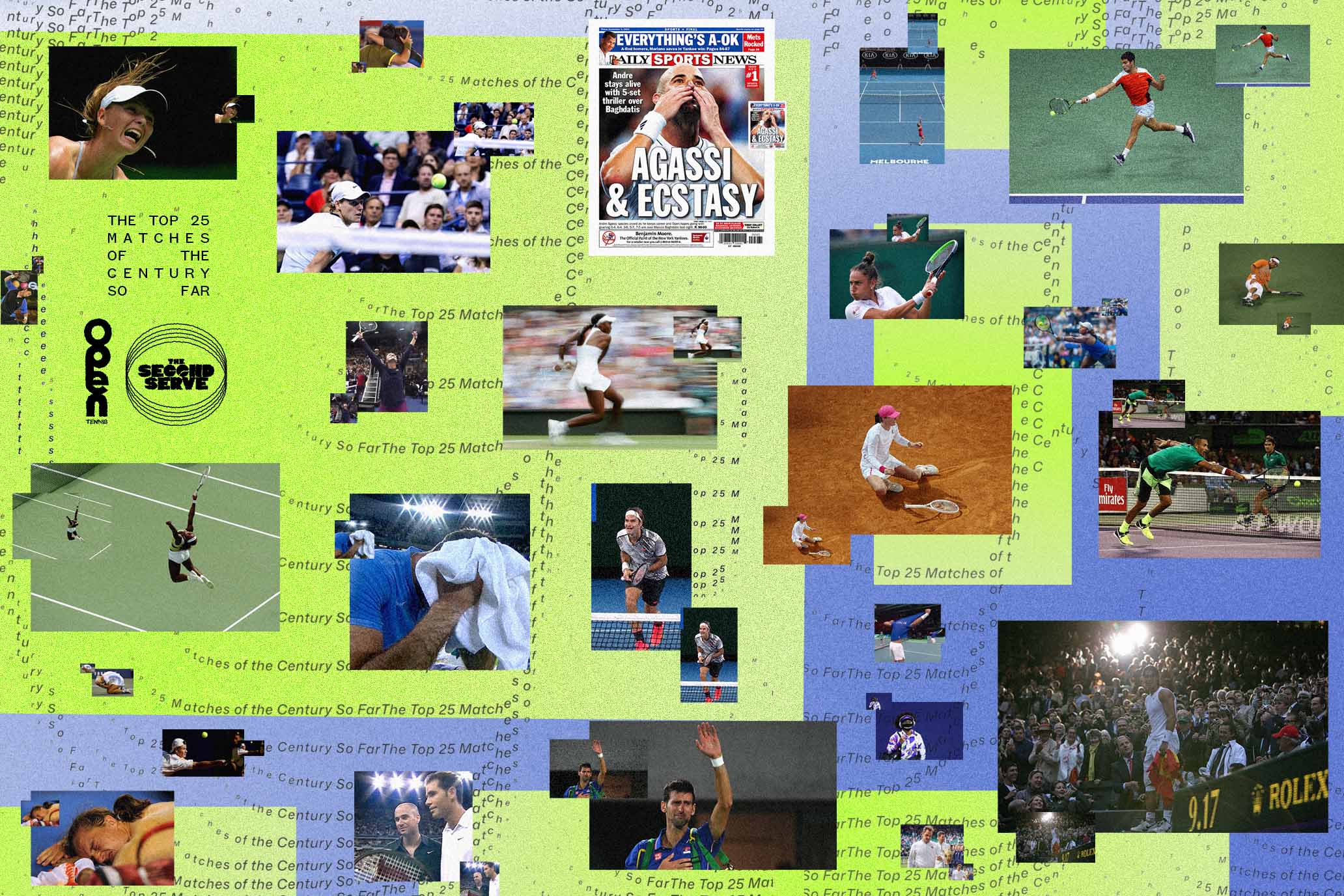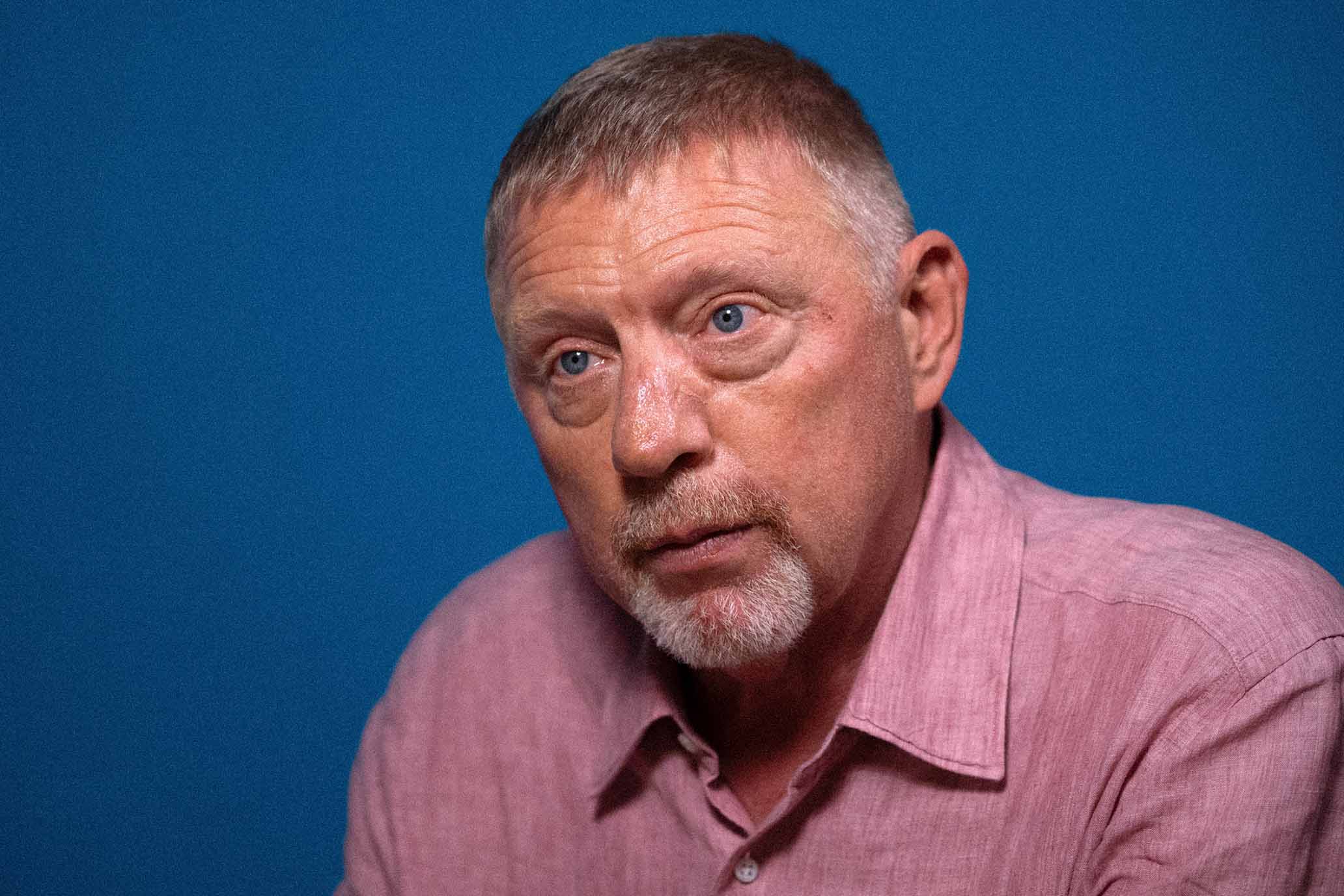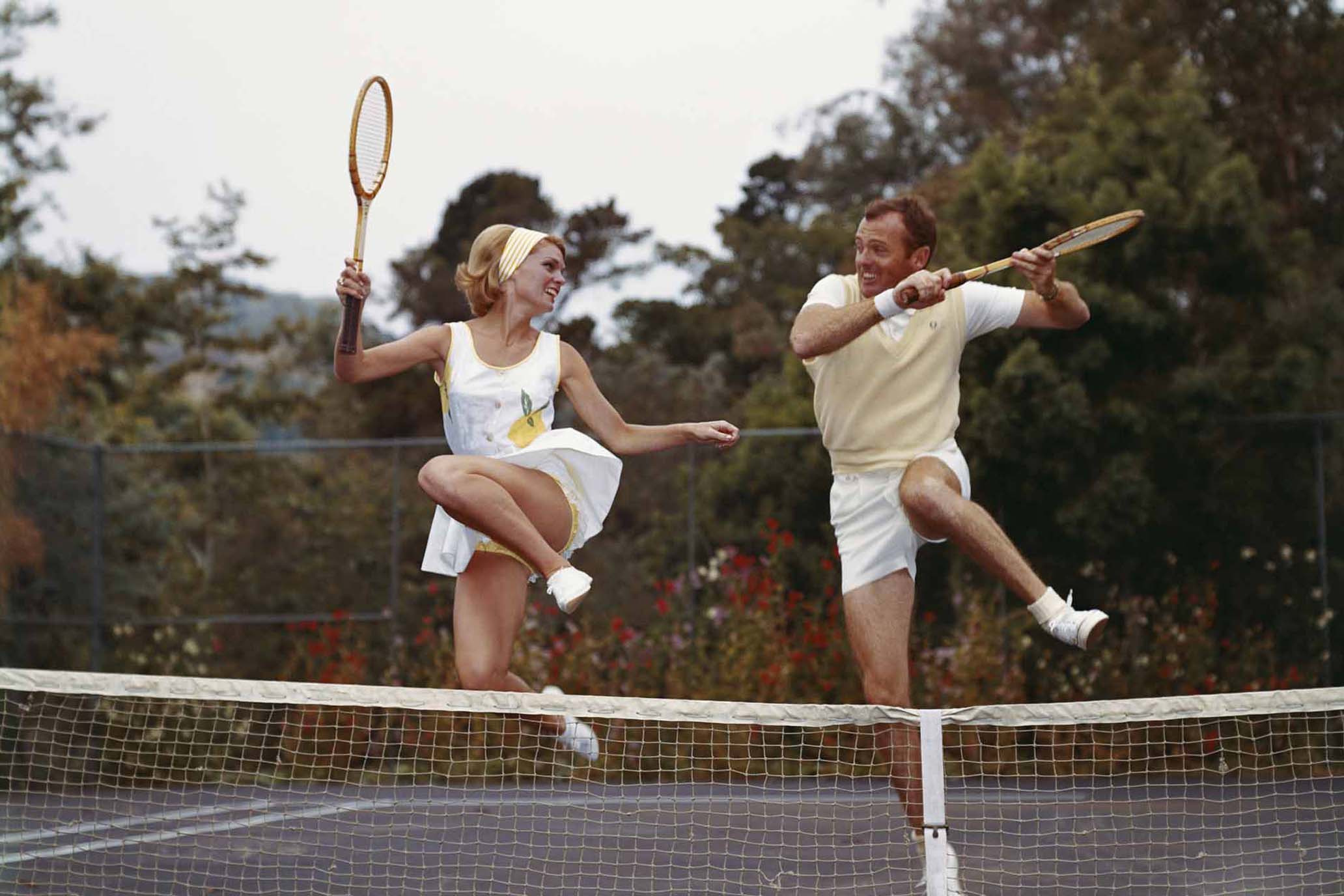Back to the Grind
Back to the Grind
Kei Nishikori has been reanimated.
Kei Nishikori has been reanimated.
By Giri NathanOctober 4, 2024
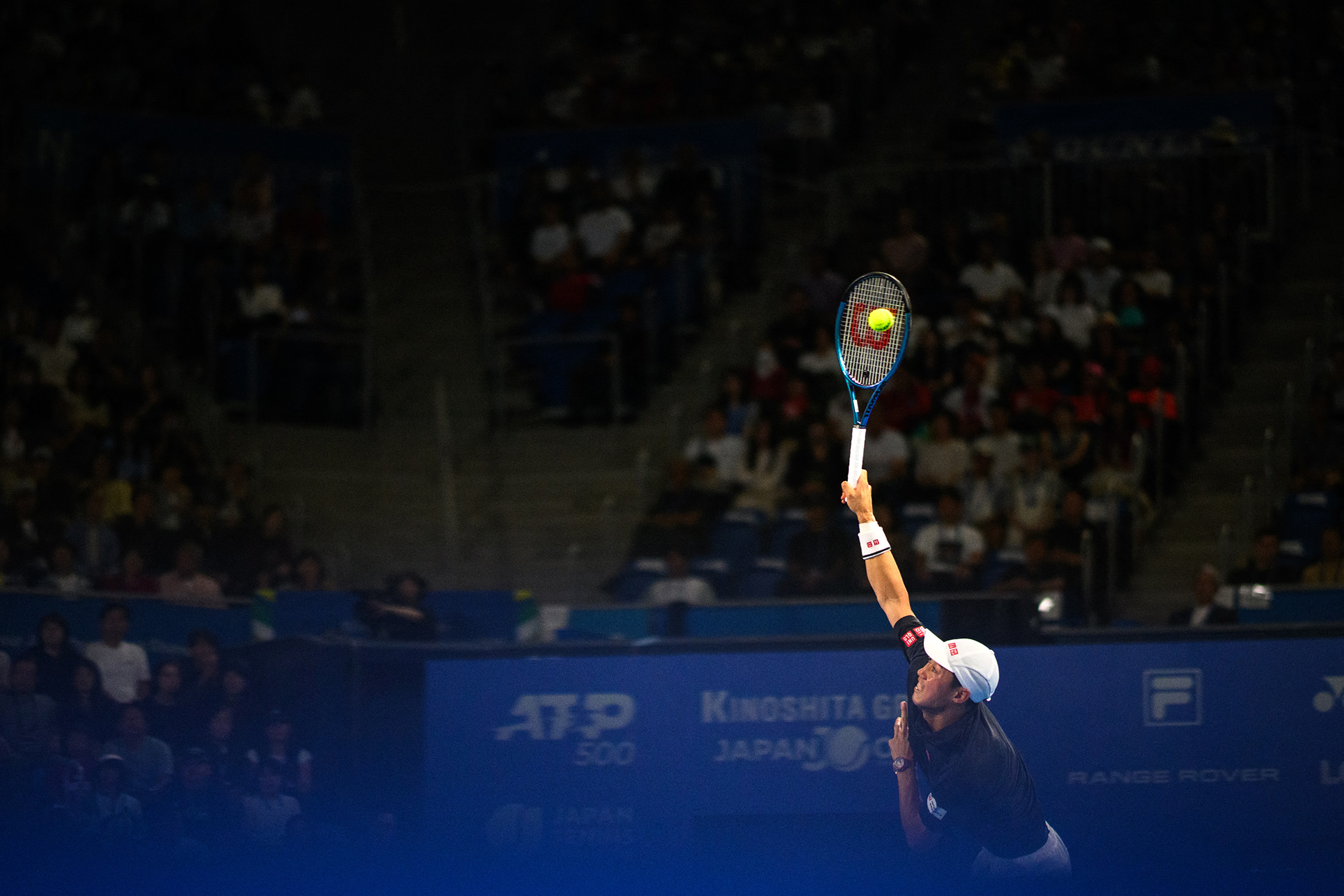
Kei turning back the clock in Tokyo. // Getty
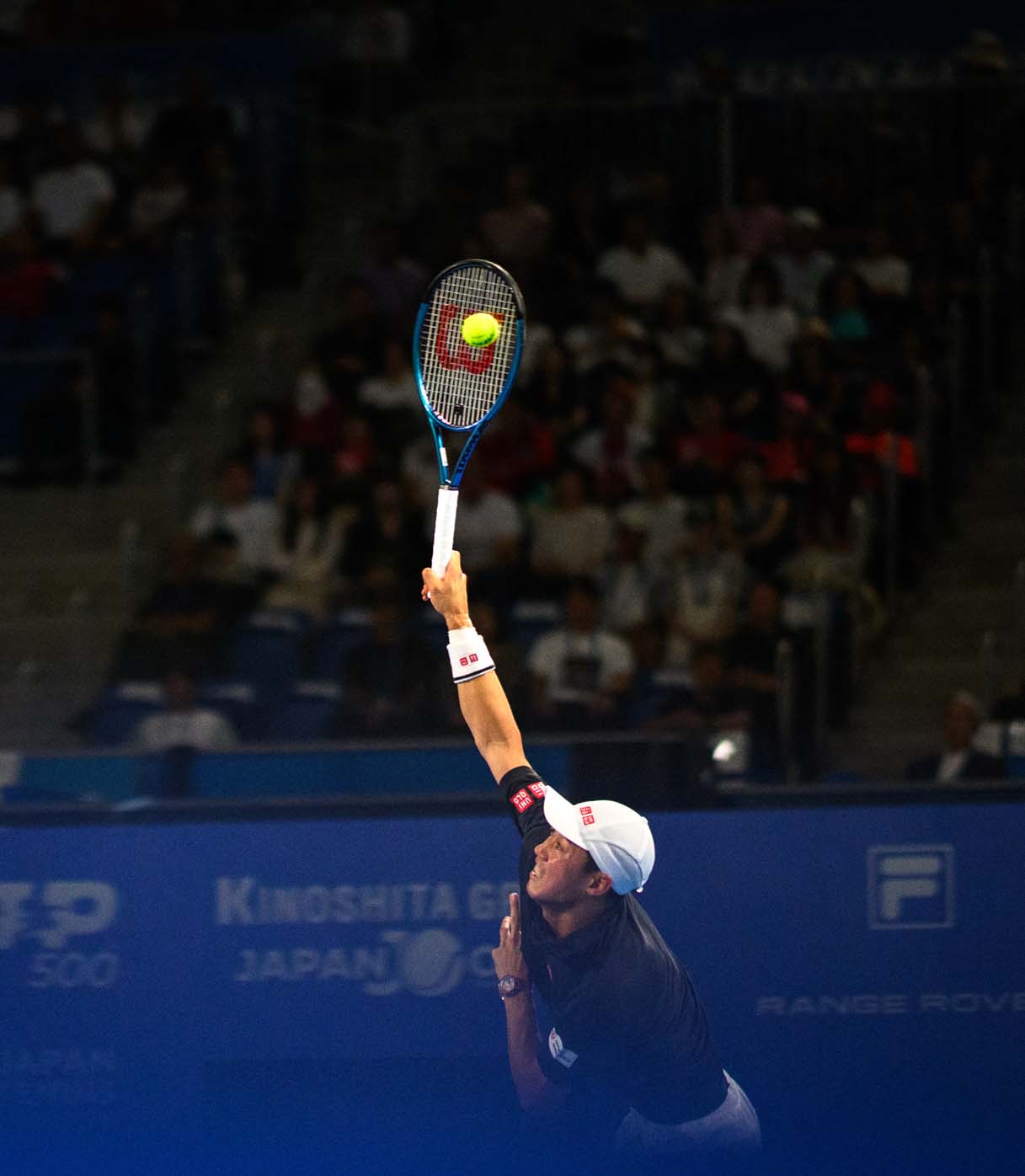
Kei turning back the clock in Tokyo. // Getty
If you could steal one ATP player’s backhand, whose would you pick? Feels somehow irresponsible not to go with Novak Djokovic. But I could see a case for a Jannik Sinner, maybe even a Daniil Medvedev, depending on your taste. My tastes here tend toward the simple and outdated. After all these years, I’d pick the 34-year-old, not-quite-dead Kei Nishikori. That backhand is a minimalist’s dream. The racquet dips down unceremoniously, it comes up smoothly, and in between, all it does is make pure contact with the ball. The wrists are lax, and the timing is anything but. Some backhands might be more devastating, but none are quite so simple.
There weren’t many occasions to watch that wonderful backhand over the past three years, as the Japanese star had a series of injuries and slid deeper into his 30s. This wasn’t a new story for him. Throughout Nishikori’s career, even in his prime, his woes were often physical. Not just acute injuries, but also the mid-tournament wear and tear. He’d play a few unfocused matches in the early week of a major, play out an unnecessary five-setter here and there, and look utterly depleted by the time he faced his Big Three executioner in the second week. On a purely technical level, though, he left little to be desired. With a short-guy serve that was never going to win him many easy points, he would always have to seize initiative from the baseline; his career would only go as far as his speed, return game, and killer ground strokes would take him. Which was quite far: the No. 4 ranking, 12 titles, wins over all the best players of his era, a major final at the 2014 US Open.
But given his medical rap sheet, Nishikori would not have been an obvious candidate for career longevity. As he sat on the sidelines through the entirety of 2022 after hip surgery, then proceeded to miss much of 2023 and lost all his ranking points, I half-expected the next news update from him to be a quiet retirement announcement. But he resurfaced, won a Challenger, and kept some hope alive. In 2024, he cropped up here and there. At Roland-Garros this year I settled into a good seat for his unlikely return to the Grand Slams, his first since the US Open in 2021. And I felt the warm fuzzy embrace of a familiar tennis scene. A physically gutting, five-set Kei Nishikori victory after winning the first two sets? The man hadn’t changed at all.
It’s always hard to assess how much a tennis player has left to give; an isolated good match is one thing, but consistency is the true elusive goal. There have been some interesting moments for Nishikori this summer, but as far as the eye test is concerned, it was last week in Tokyo, in front of the loud home crowd, where he began to look like a real player again. He received a wild card and delivered value.
The tournament opened up on an unusual note for him. After getting used to facing young and unfamiliar players, he found it strange and nostalgic to face his contemporary, Marin Cilic, who was on a (very successful) injury comeback tour of his own, having just won an ATP 250. And so it was the two finalists from the US Open exactly a decade ago, healed from their various maladies, still going at it. Nishikori’s serve, of all shots, helped carry him to that three-set victory. He said it was the best he’d served since his return to tour, and told the tennis writer Aki Uchida that he’d been improving his takeback and ball toss. Even the veterans are still tinkering, always in search of a new edge.
In the second round, Nishikori played Jordan Thompson, who was in good form himself, fresh off a fourth round at the US Open. And the Japanese star was reeling off winners with an ease and audacity I found almost unrecognizable. Even Nishikori later admitted surprise at his own level: “It went a little beyond my imagination. There were quite a few shots that made me think, ‘Was this going in?’” But he remained cautious. It wasn’t a meaningful sign unless he could actually keep up this level, he said.
Which he did, for another match. Nishikori’s next match in Tokyo was a barn burner against Holger Rune, the 21-year-old who is a natural with both backhands and trolling, and who seemed to relish the opportunity to taunt a stadium roaring for its local hero, howling at them and pointing to his ear. Tremendous atmosphere, even better tennis, and Nishikori fought all the way to a match point in the third set before losing. When the match ended, he set his hands on his knees, as if unable to make his way to the net. Zooming out for a bit, though, it’s hard to see this as anything but a triumph. Back from injury and unranked irrelevance, Nishikori had just played three high-level matches in a row against elite competition, and more to the point, he was hitting the ball as cleanly as he’d done at his peak. I wasn’t sure he’d ever do that again before hanging up the racquets. He kept the momentum this week in Shanghai, beating world No. 38 Mariano Navone before losing on Friday to Stefanos Tsitsipas, whom Nishikori had previously upset this summer. It’s the sort of run that can get even a sober-minded fan talking themselves into a comeback.
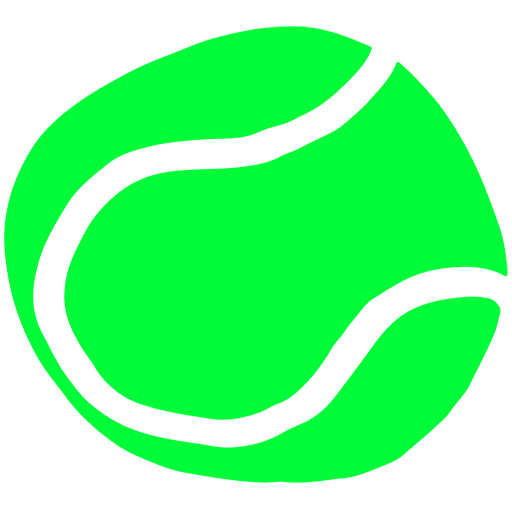

The Hopper
—CLAY Tennis on Beatriz Haddad Maia’s US Open run.
—Giri on Iga Swiatek’s loss to Jess Pegula.
—Jon Wertheim’s mailbag is full this week.
—Sara Errani and Andrea Vavasori have won the US Open mixed doubles.
—Tim Newcomb on Taylor Fritz and Asics.

PURE, ORIGINAL TENNIS — SIGN UP!
RECOMMENDED
Big House Boris
BOOK REVIEWS
